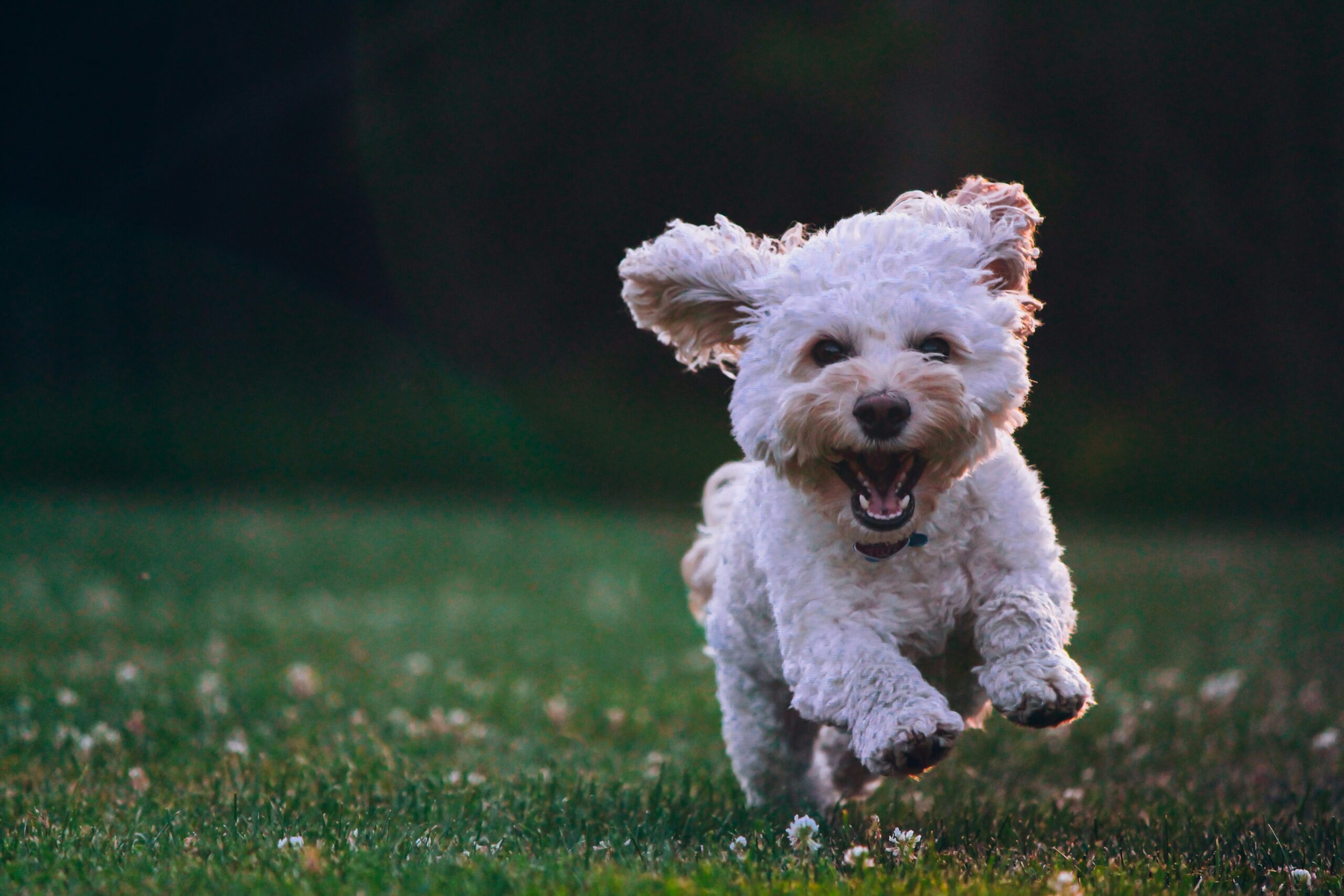Why Off the Leash Dog Training is Important
Off the leash dog training is a crucial aspect of raising a well-behaved and obedient canine companion. It involves teaching your dog to respond to commands and behave appropriately even when they are not physically restrained by a leash. This type of training provides numerous benefits for both the dog and the owner, and it is an essential part of responsible pet ownership.
The Benefits of Off the Leash Dog Training
1. Improved Communication: Off the leash training allows for better communication between you and your dog. When your dog can understand and follow commands without the physical restriction of a leash, you can establish a stronger bond and a deeper level of trust. This improved communication leads to a more harmonious relationship and a happier dog.
2. Increased Freedom and Exercise: Dogs are naturally active animals that thrive on physical exercise and mental stimulation. Off the leash training gives them the freedom to explore and enjoy their surroundings while still obeying your commands. This increased freedom and exercise can help prevent behavioral issues caused by boredom or pent-up energy.
3. Enhanced Socialization: Off the leash training provides opportunities for your dog to interact with other dogs and people in a controlled environment. This exposure helps them develop proper social skills and become more confident and well-adjusted. Dogs that are well-socialized are less likely to exhibit aggressive or fearful behavior towards unfamiliar situations or individuals.
4. Safety and Reliability: While it is important to always prioritize your dog’s safety, there may be situations where they need to be off the leash, such as in a securely fenced area or during certain activities like hiking or playing fetch. Off the leash training ensures that your dog will reliably respond to commands, even in potentially distracting or dangerous situations. This can help prevent accidents and keep your dog out of harm’s way.
How to Train Your Dog to be Off the Leash
Training your dog to be off the leash requires time, patience, and consistency. Here are some steps to help you get started:
1. Start with Basic Commands: Before attempting off the leash training, make sure your dog has a solid understanding of basic commands such as “sit,” “stay,” “come,” and “leave it.” These commands form the foundation for off the leash training and will help ensure your dog’s safety.
2. Practice in a Safe and Enclosed Area: Begin off the leash training in a secure and enclosed area, such as a fenced backyard or a designated dog park. This will minimize distractions and provide a controlled environment for training. Gradually increase the level of difficulty by practicing in different locations with varying levels of distractions.
3. Use Positive Reinforcement: Positive reinforcement is a highly effective training method that involves rewarding your dog for good behavior. When your dog responds correctly to a command while off the leash, praise them enthusiastically and offer a treat or a favorite toy as a reward. This positive association will motivate your dog to repeat the desired behavior.
4. Gradually Increase Distance and Duration: Once your dog is consistently responding to commands off the leash in a controlled environment, gradually increase the distance between you and your dog and the duration of time they are off the leash. This step-by-step approach will help build their confidence and reliability.
5. Maintain Consistency: Consistency is key in dog training. Use the same commands and hand signals consistently, and ensure that all family members or caregivers are on the same page with training techniques. This will prevent confusion and help your dog understand what is expected of them.
Conclusion
Off the leash dog training is an important aspect of responsible pet ownership. It provides numerous benefits for both the dog and the owner, including improved communication, increased freedom and exercise, enhanced socialization, and safety. By following a structured training plan and using positive reinforcement techniques, you can successfully train your dog to be obedient and reliable even when off the leash. Remember to be patient, consistent, and always prioritize your dog’s safety and well-being.

Leave a Reply